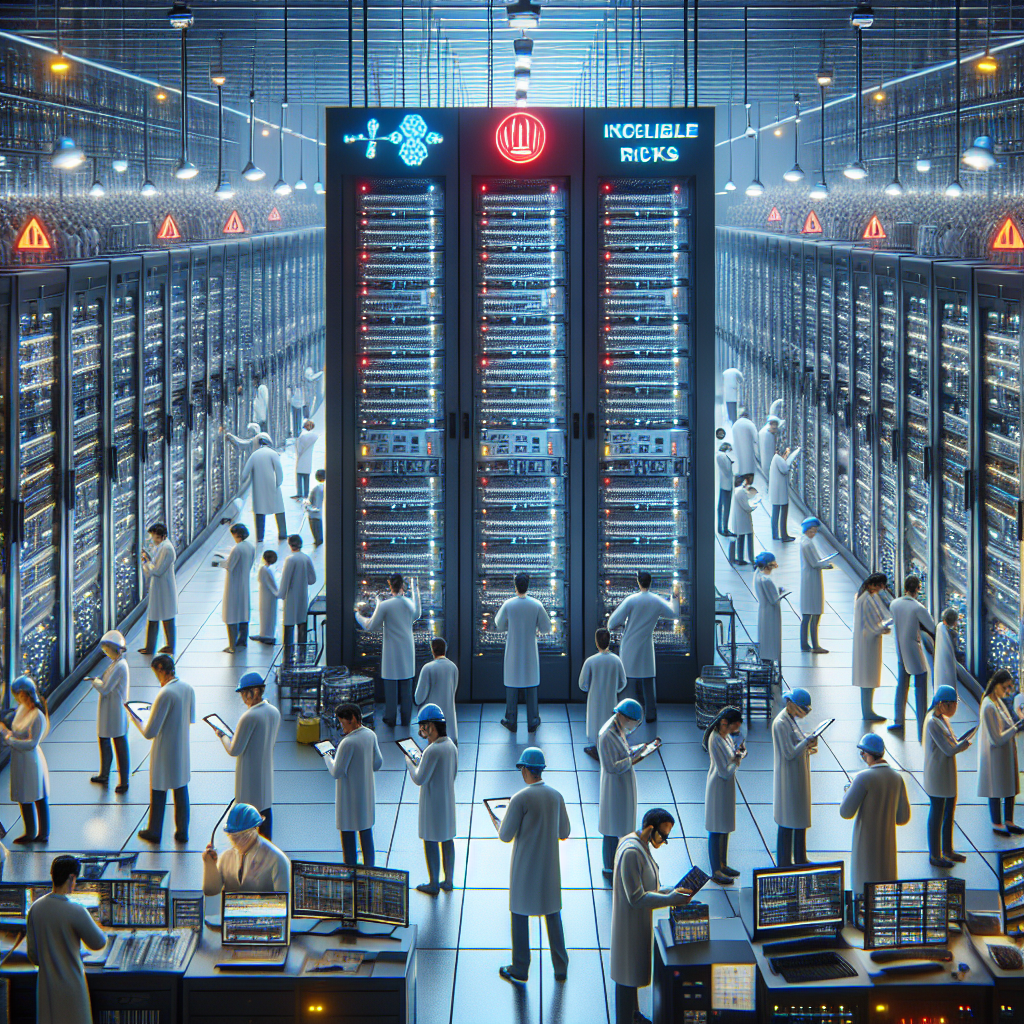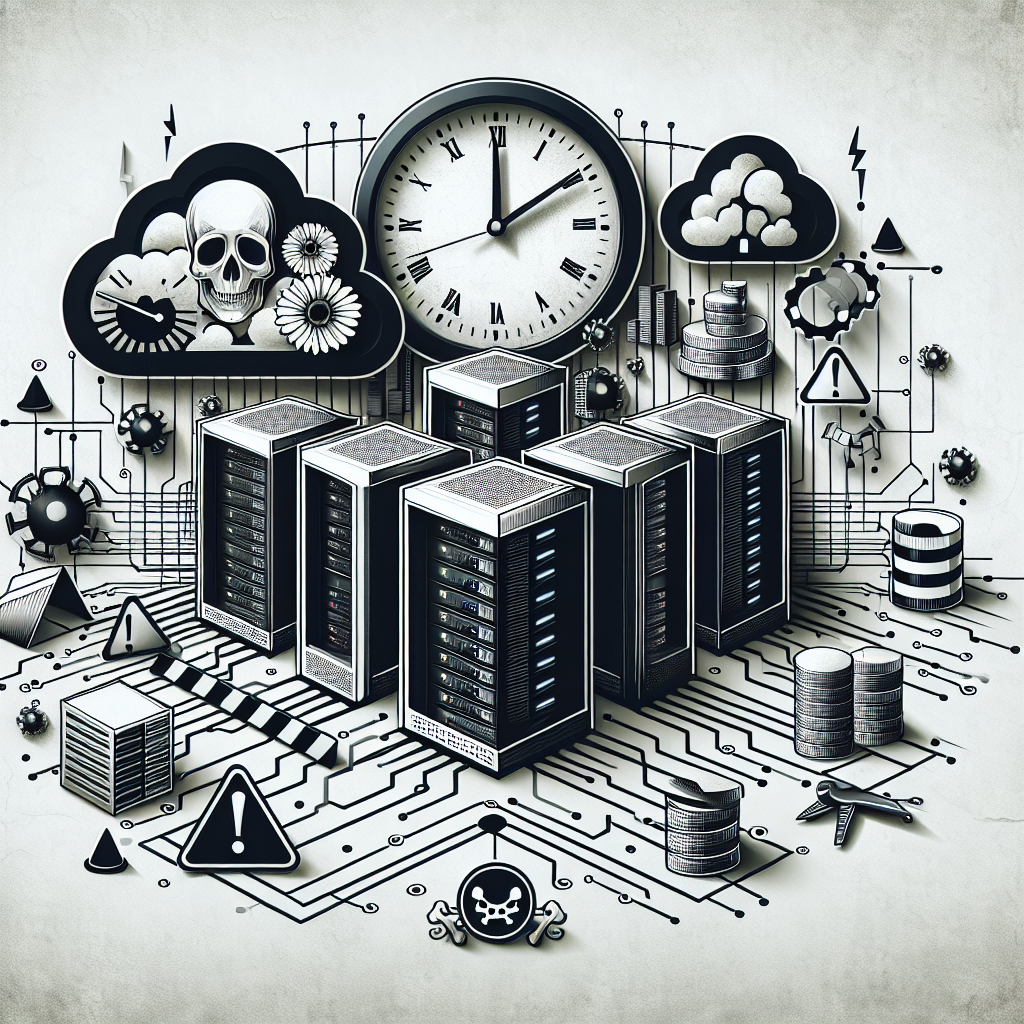Your cart is currently empty!
Tag: Risks
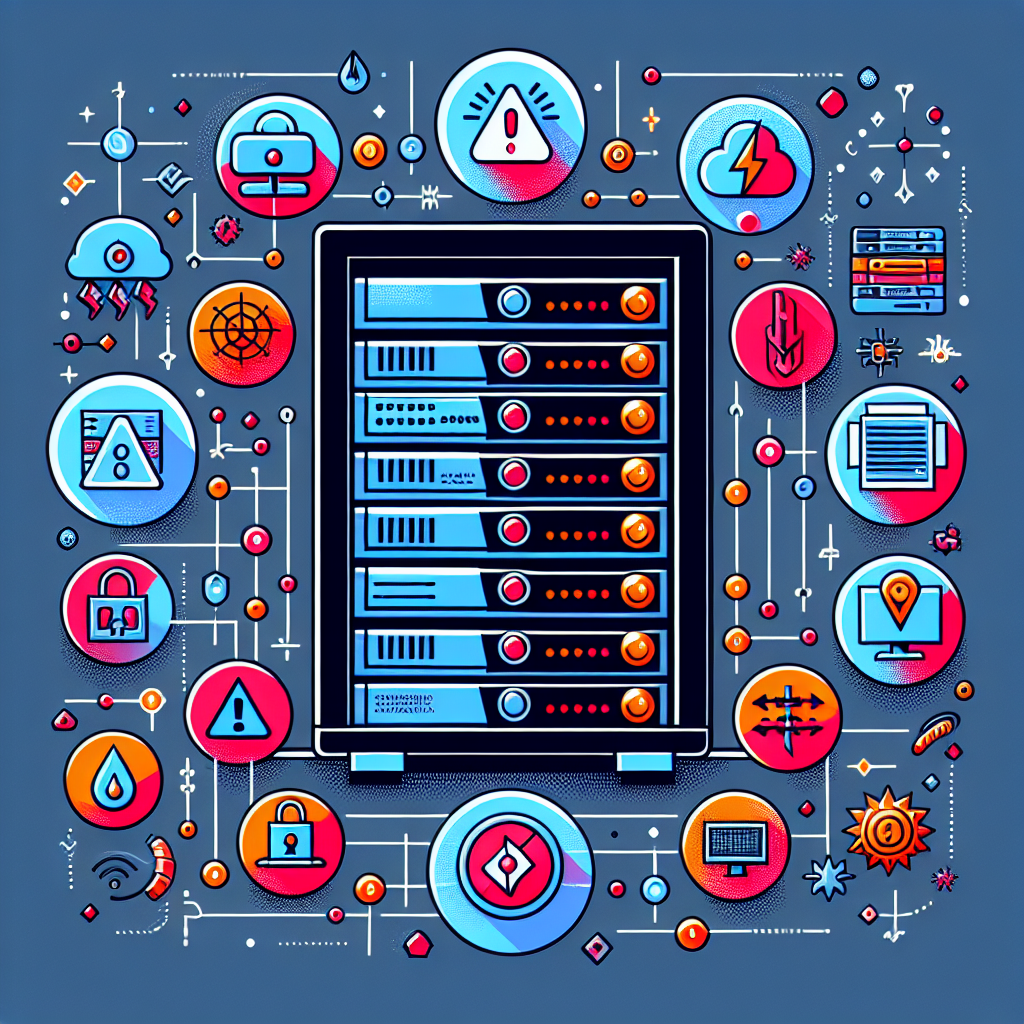
The Top Risks to Consider in Data Center Operations
Data centers are a critical component of modern business operations, providing the infrastructure necessary to support the ever-increasing reliance on digital technologies. However, with the rise of cyber threats, natural disasters, and other potential risks, it is essential for organizations to consider the potential risks associated with data center operations. In this article, we will discuss the top risks that organizations should consider when managing data center operations.1. Cybersecurity threats
One of the most significant risks facing data centers is cybersecurity threats. Cybercriminals are constantly evolving their tactics to target sensitive data stored in data centers. From ransomware attacks to phishing scams, organizations must be vigilant in implementing robust cybersecurity measures to protect their data. This includes regular security audits, employee training, and implementing multi-factor authentication to prevent unauthorized access to data.
2. Natural disasters
Natural disasters, such as hurricanes, earthquakes, and floods, can pose a significant risk to data center operations. These events can cause power outages, hardware damage, and data loss, resulting in downtime and potential financial losses for organizations. To mitigate the risks associated with natural disasters, organizations should consider implementing disaster recovery and business continuity plans, as well as investing in redundant systems and backup power sources.
3. Hardware failures
Hardware failures are another common risk that organizations must consider when managing data center operations. Whether it’s a server crash, storage malfunction, or network outage, hardware failures can disrupt business operations and lead to data loss. To mitigate the risks associated with hardware failures, organizations should regularly maintain and update their hardware, as well as implement monitoring tools to identify potential issues before they escalate.
4. Power outages
Power outages can have a significant impact on data center operations, causing downtime and potentially leading to data loss. Organizations should consider investing in backup power sources, such as uninterruptible power supplies (UPS) and generators, to ensure continuous operations during power outages. Additionally, organizations should regularly test their backup power systems to ensure they are functioning properly in the event of an outage.
5. Human error
Human error is another risk that organizations must consider when managing data center operations. Whether it’s accidentally deleting critical data, misconfiguring systems, or falling victim to social engineering attacks, human error can lead to data loss and security breaches. To mitigate the risks associated with human error, organizations should invest in employee training, implement strict access controls, and regularly audit their systems for vulnerabilities.
In conclusion, data center operations are not without risks. From cybersecurity threats to natural disasters, organizations must consider the potential risks associated with managing data centers and take proactive steps to mitigate these risks. By implementing robust cybersecurity measures, disaster recovery plans, and investing in redundant systems, organizations can protect their data and ensure continuous operations in the face of potential risks.
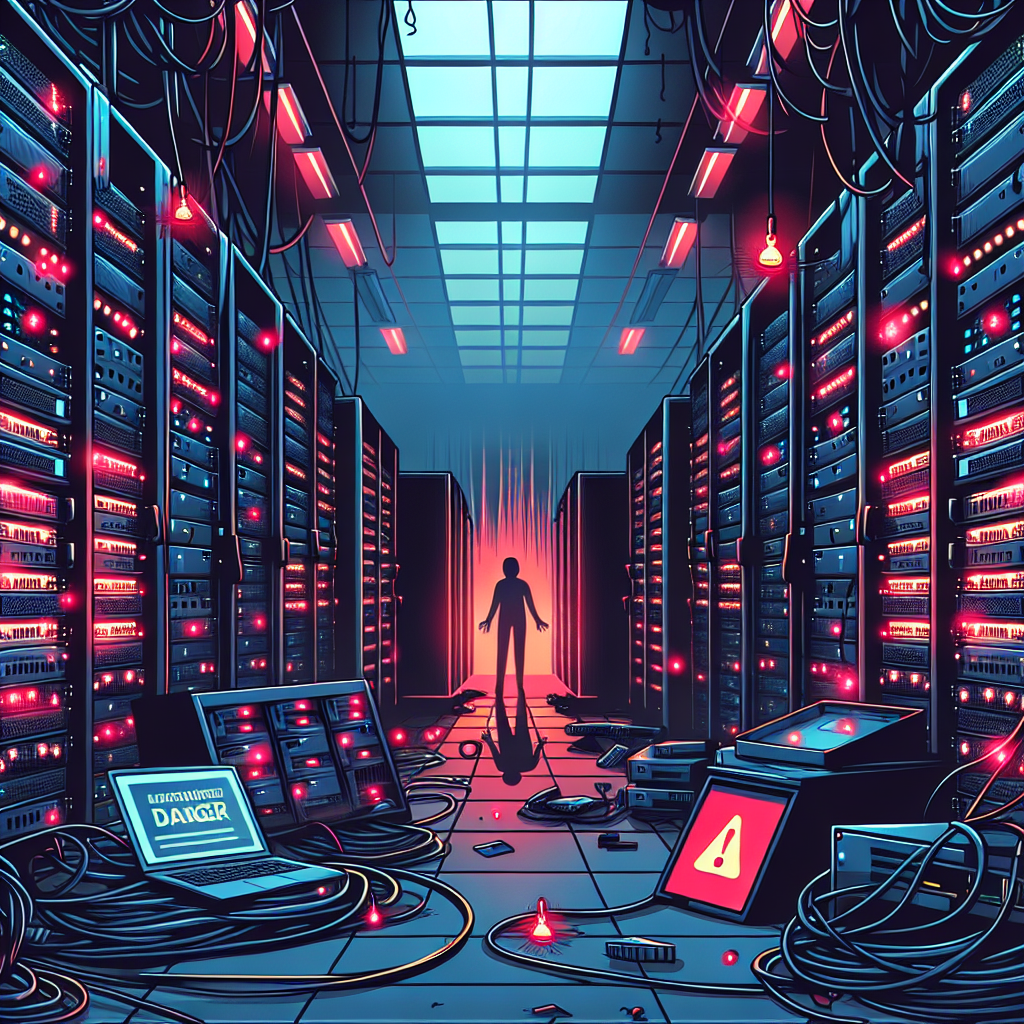
The Cost of Neglecting Data Center Reactive Maintenance: Understanding the Risks
Data centers are the backbone of modern businesses, housing crucial IT infrastructure and data that are essential for daily operations. With the increasing reliance on technology, the importance of ensuring that data centers are operating efficiently and effectively cannot be overstated. One key aspect of maintaining a data center is reactive maintenance, which involves addressing issues as they arise rather than waiting for them to cause major disruptions.However, many businesses neglect the importance of reactive maintenance, either due to budget constraints or a lack of understanding of the risks involved. This can have serious consequences for the data center and the overall operation of the business.
One of the biggest risks of neglecting reactive maintenance is the potential for downtime. When issues are not addressed promptly, they can escalate and lead to system failures, resulting in costly downtime. According to a report by the Ponemon Institute, the average cost of data center downtime is $9,000 per minute. This can have a significant impact on a business’s bottom line, not to mention the damage it can do to its reputation and customer trust.
In addition to downtime, neglecting reactive maintenance can also result in data loss. Data centers house valuable information that is crucial for the operation of the business, and any loss of data can have serious implications. Whether it’s due to hardware failure, software glitches, or other issues, neglecting maintenance can put data at risk and compromise the integrity of the business.
Furthermore, neglecting reactive maintenance can also lead to security vulnerabilities. Data centers are prime targets for cyber attacks, and any weaknesses in the infrastructure can be exploited by hackers. Without proper maintenance and updates, data centers can become easy targets for cyber criminals, putting sensitive information at risk.
Overall, the cost of neglecting data center reactive maintenance is high. From downtime and data loss to security vulnerabilities, businesses that fail to prioritize maintenance are putting themselves at risk of serious consequences. By understanding the risks involved and investing in proactive maintenance strategies, businesses can ensure the reliability and security of their data centers, ultimately safeguarding their operations and reputation.
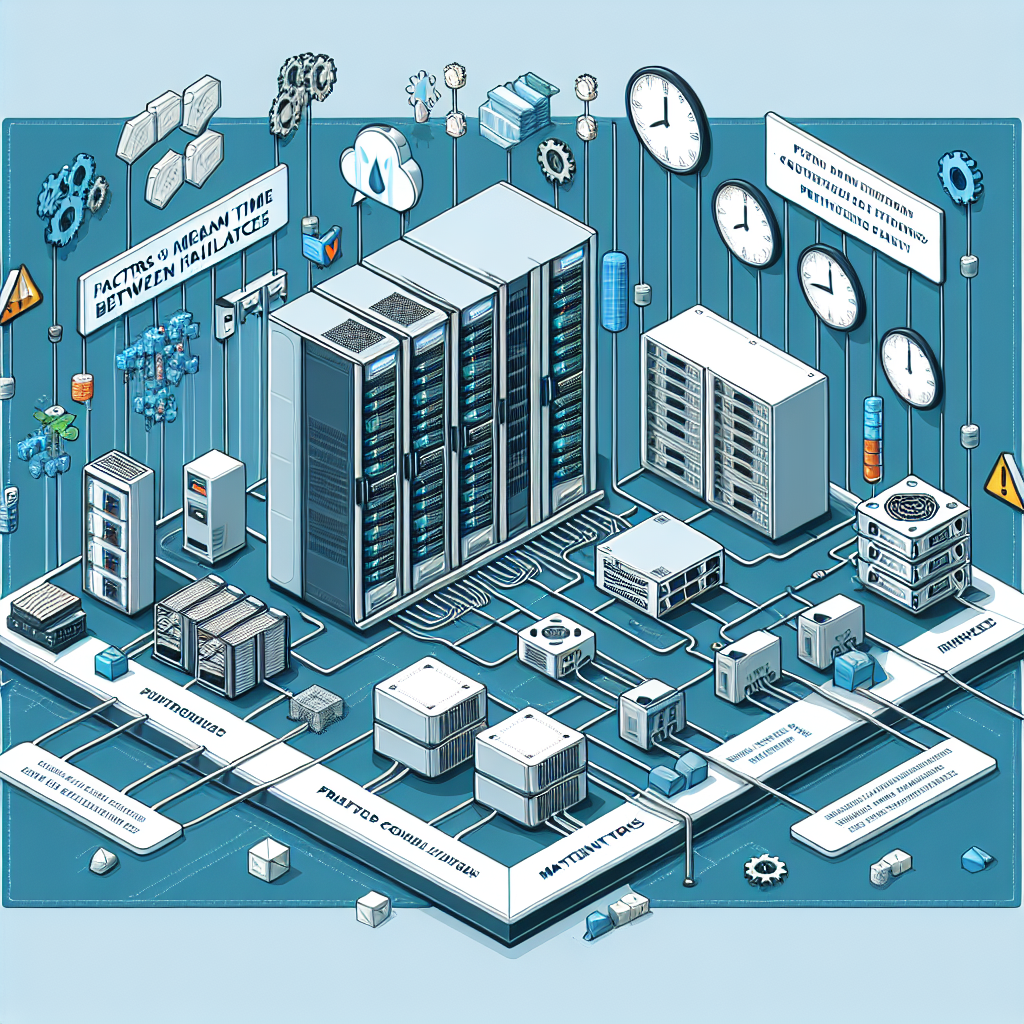
Factors Influencing Data Center MTBF and Strategies for Mitigating Risks
Data centers are critical components of modern businesses, housing the servers and infrastructure necessary for storing and processing vast amounts of data. However, data centers are not immune to failures, which can have a significant impact on a company’s operations and bottom line. One key metric used to measure the reliability of a data center is Mean Time Between Failures (MTBF), which represents the average time a system operates before experiencing a failure.There are several factors that can influence the MTBF of a data center, including hardware quality, environmental conditions, and maintenance practices. Hardware quality is a major factor in determining the reliability of a data center, as components such as servers, storage devices, and networking equipment can fail unexpectedly if they are of poor quality or not properly maintained. Environmental conditions, such as temperature, humidity, and power fluctuations, can also impact the MTBF of a data center, as these factors can cause overheating, hardware degradation, and other issues. Additionally, inadequate maintenance practices, such as infrequent inspections and updates, can lead to increased failure rates and decreased MTBF.
To mitigate the risks associated with data center failures and improve MTBF, businesses can implement several strategies. One key strategy is to invest in high-quality hardware from reputable manufacturers, as well-maintained and properly configured equipment is less likely to fail. Businesses should also ensure that their data centers are housed in environments with stable temperature and humidity levels, as well as reliable power sources with backup generators and uninterruptible power supplies (UPS) to prevent outages. Regular maintenance and monitoring of data center equipment is also crucial, as this can help identify potential issues before they escalate into major failures.
In addition to these proactive measures, businesses can also consider implementing redundancy and disaster recovery solutions to minimize the impact of data center failures. Redundancy involves duplicating critical systems and components to ensure that there are backup systems in place in case of a failure. Disaster recovery solutions, such as backup servers and offsite data storage, can also help businesses quickly recover from data center failures and minimize downtime.
Overall, the MTBF of a data center is influenced by a variety of factors, including hardware quality, environmental conditions, and maintenance practices. By implementing strategies to mitigate risks and improve reliability, businesses can ensure that their data centers operate smoothly and effectively, minimizing the impact of failures on their operations.
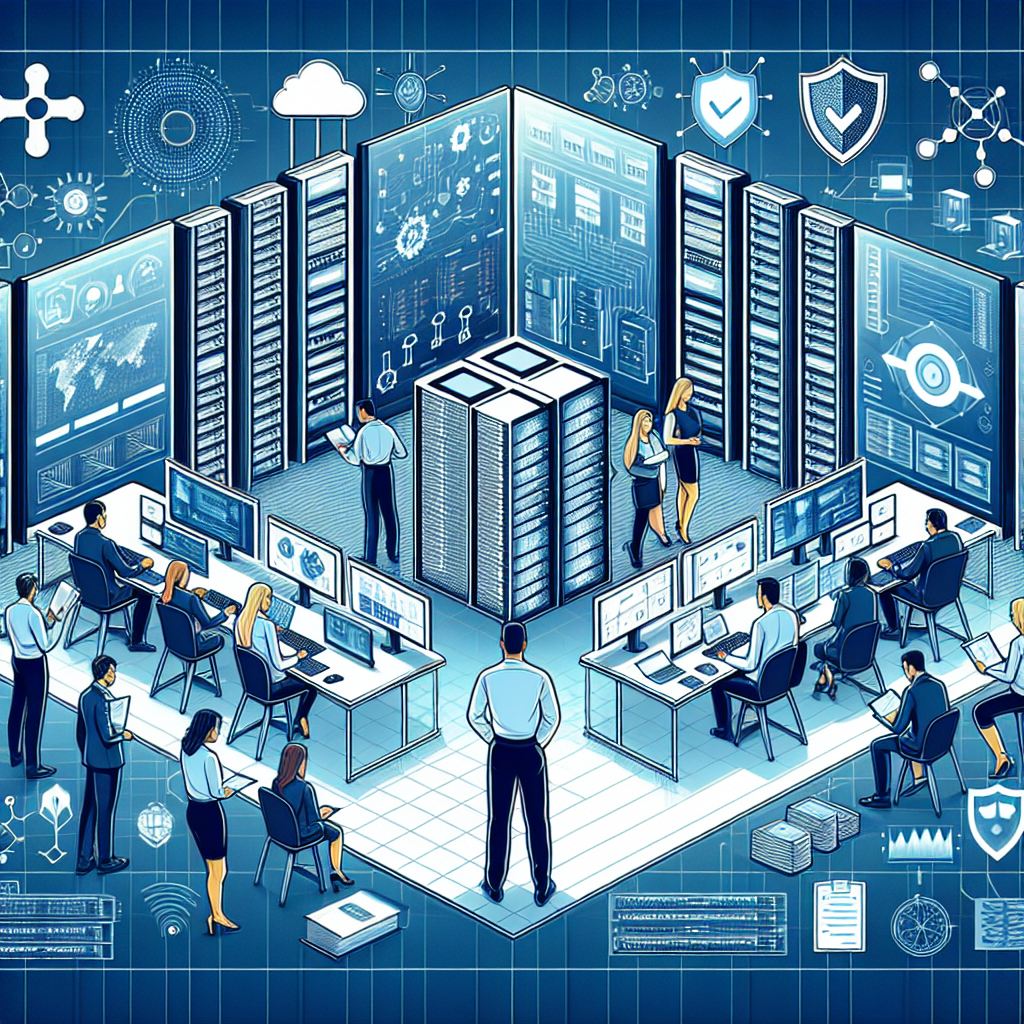
Mitigating Risks and Preventing Downtime: Strategies for Data Center Uptime
In today’s digital age, data centers play a critical role in ensuring the smooth operation of businesses and organizations. These facilities house and manage the vast amount of data that is essential for daily operations, making uptime a top priority. Downtime can result in significant financial losses, damage to reputation, and even legal consequences. Therefore, it is imperative for data center operators to implement strategies to mitigate risks and prevent downtime.One of the key strategies for ensuring data center uptime is to conduct regular risk assessments. By identifying potential vulnerabilities and threats, operators can take proactive measures to address them before they escalate into downtime-causing incidents. This may include conducting regular audits of physical security measures, assessing the reliability of power and cooling systems, and evaluating the effectiveness of disaster recovery plans.
Another important aspect of maintaining data center uptime is to invest in redundancy and resilience. This means having backup systems in place to ensure continuity of operations in the event of a failure. Redundancy can be achieved through the use of backup generators, uninterruptible power supplies (UPS), redundant network connections, and failover mechanisms. By having redundant systems in place, data center operators can minimize the impact of potential failures and prevent downtime.
Regular maintenance and monitoring are also essential for preventing downtime. By conducting regular inspections and maintenance checks on critical infrastructure components such as servers, cooling systems, and power supplies, operators can identify and address potential issues before they cause a system failure. Additionally, implementing real-time monitoring and alerting systems can help operators detect and respond to issues quickly, minimizing the risk of downtime.
Security is another key consideration for data center uptime. With the increasing threat of cyber attacks, data center operators must implement robust security measures to protect against unauthorized access, data breaches, and other security threats. This may include implementing strong access controls, encrypting sensitive data, and regularly updating security software to protect against emerging threats.
In conclusion, ensuring data center uptime requires a multi-faceted approach that includes risk assessment, redundancy, maintenance, monitoring, and security measures. By implementing these strategies, data center operators can mitigate risks and prevent downtime, ensuring the uninterrupted operation of critical systems and services. Investing in uptime strategies is crucial for maintaining the reliability and performance of data centers in today’s fast-paced digital world.
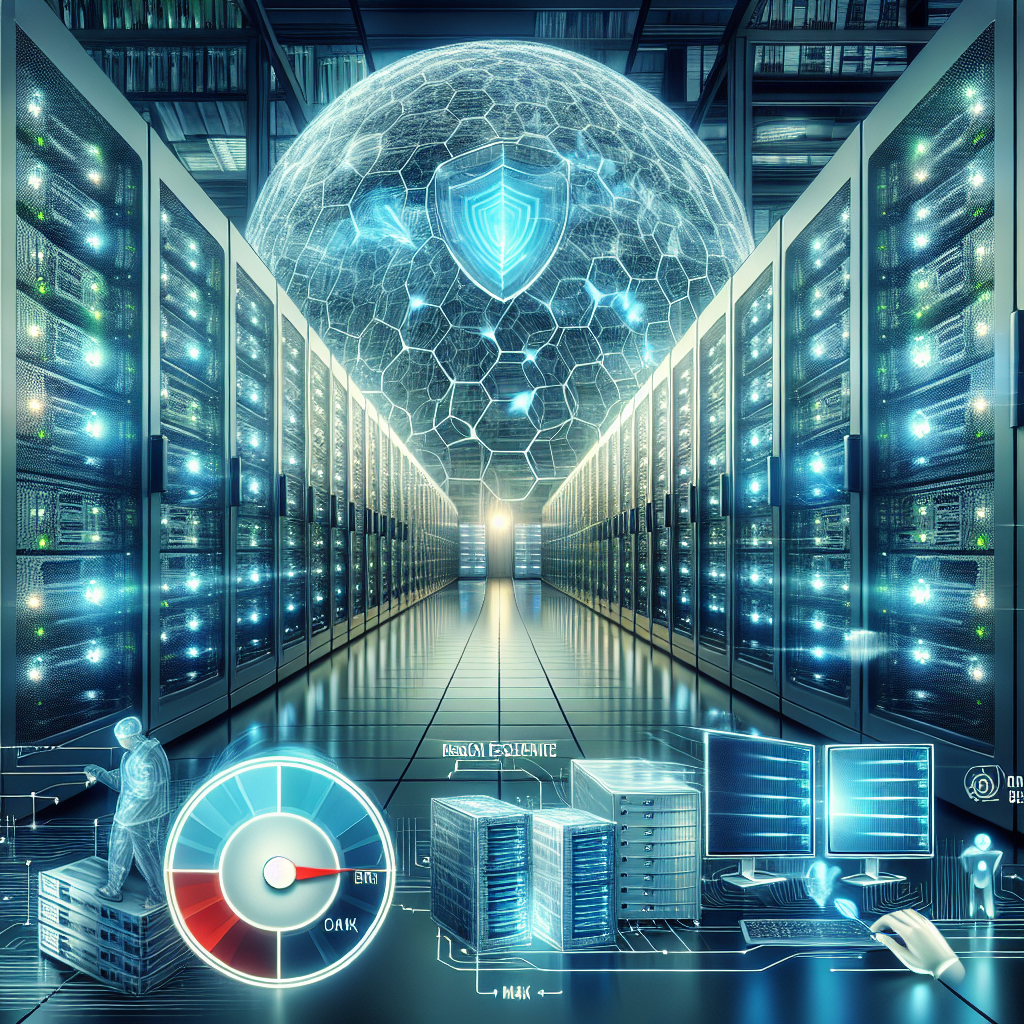
Maximizing Data Center Resilience: Tips for Mitigating Risks and Ensuring Continuity
In today’s digital age, data centers play a critical role in ensuring the smooth operation of businesses and organizations. These facilities house the servers, storage systems, and networking equipment that store and process vast amounts of data, making them essential for the functioning of modern businesses.However, data centers are not immune to risks and disruptions. Power outages, equipment failures, natural disasters, cyber attacks, and human errors can all lead to downtime and data loss, which can have serious consequences for businesses. To mitigate these risks and ensure the continuity of operations, it is crucial to maximize data center resilience.
Here are some tips for maximizing data center resilience and ensuring the continuity of operations:
1. Conduct a thorough risk assessment: Before implementing any resilience measures, it is important to understand the potential risks that could impact your data center. Conduct a comprehensive risk assessment to identify potential threats and vulnerabilities, and prioritize them based on their likelihood and impact on operations.
2. Implement redundancy and failover mechanisms: Redundancy is key to ensuring data center resilience. Implementing redundant power supplies, cooling systems, networking equipment, and storage systems can help minimize the impact of equipment failures and power outages. Additionally, setting up failover mechanisms can ensure seamless operation in the event of a failure.
3. Regularly test backup and disaster recovery plans: Backup and disaster recovery plans are essential for ensuring data center resilience. Regularly test these plans to ensure they are up-to-date and effective in the event of a disaster. Conducting regular drills and simulations can help identify and address any weaknesses in the plans.
4. Invest in physical security measures: Physical security is another important aspect of data center resilience. Implementing access controls, surveillance systems, and monitoring tools can help prevent unauthorized access and protect your data center from physical threats.
5. Monitor and manage data center performance: Monitoring the performance of your data center is crucial for identifying potential issues and addressing them before they lead to downtime. Implementing monitoring tools and performance management systems can help track key metrics and ensure the efficient operation of your data center.
6. Stay up-to-date on industry best practices and technologies: The field of data center management is constantly evolving, with new technologies and best practices emerging regularly. Staying up-to-date on industry trends and innovations can help you optimize your data center resilience and ensure the continuity of operations.
By following these tips and implementing robust resilience measures, businesses can maximize the resilience of their data centers and minimize the risks of downtime and data loss. Investing in data center resilience is crucial for ensuring the smooth operation of businesses in today’s digital world.
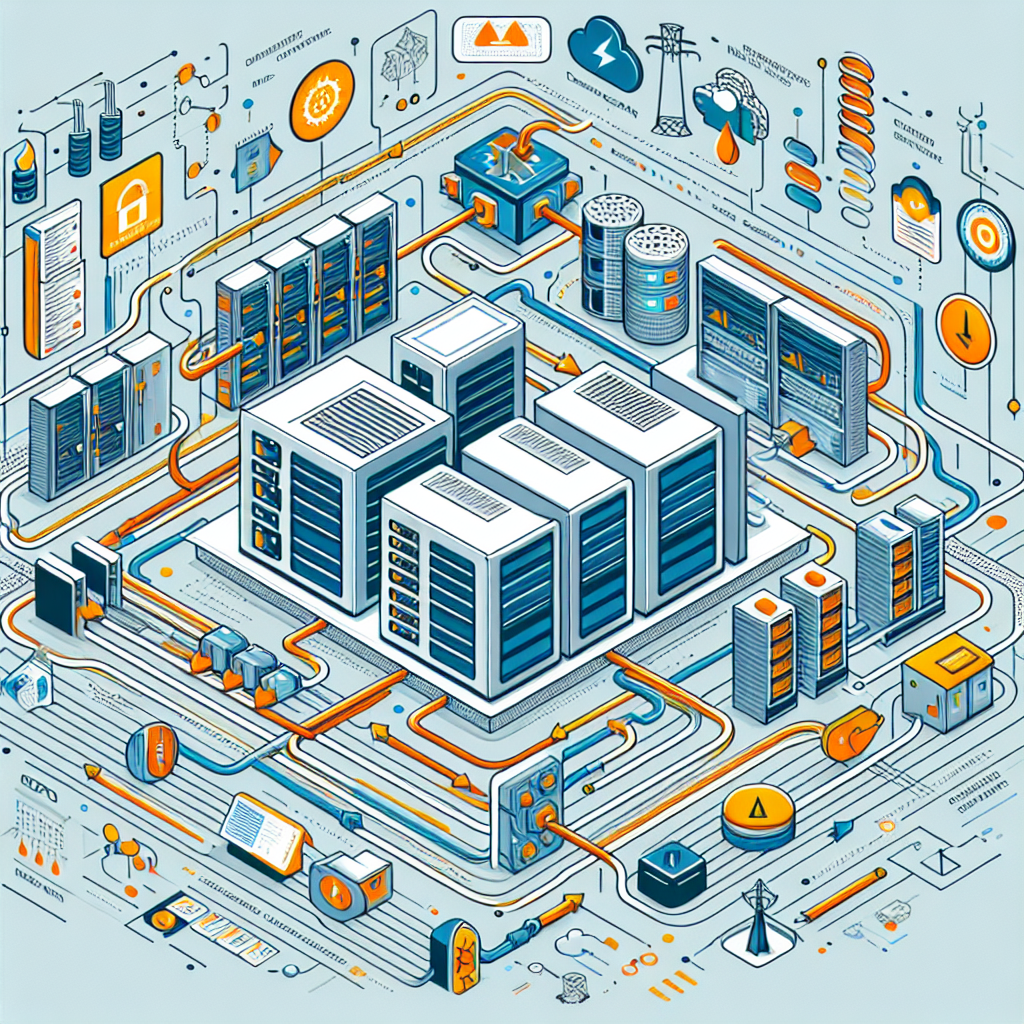
Mitigating Risks: Strategies for Redundant Power Distribution in Data Centers
In today’s fast-paced digital world, data centers play a crucial role in storing, processing, and managing vast amounts of information. As such, ensuring that data centers are equipped with reliable power distribution systems is essential to prevent downtime and ensure uninterrupted operations. One key strategy for mitigating risks in data centers is implementing redundant power distribution systems.Redundant power distribution involves having multiple power sources, paths, and components in place to ensure that in the event of a power outage or failure, critical systems and equipment can continue to function without interruption. This redundancy is crucial for maintaining high levels of availability and reliability in data center operations.
There are several strategies that data center operators can employ to implement redundant power distribution effectively. One common approach is to have multiple power sources, such as utility feeds, backup generators, and uninterruptible power supply (UPS) systems, feeding into the data center. By diversifying power sources, data centers can reduce the risk of a single point of failure causing a total power outage.
In addition to having redundant power sources, data centers can also benefit from redundant power paths. This involves having multiple distribution paths for power within the facility, such as separate power distribution units (PDUs) and power distribution panels. By having redundant paths, data centers can ensure that power is distributed evenly and efficiently throughout the facility, minimizing the risk of overloads or failures in any one path.
Furthermore, data centers can enhance redundancy by implementing redundant components in their power distribution systems. This includes redundant transformers, circuit breakers, and other critical components that are essential for delivering power to IT equipment. By having redundant components in place, data centers can ensure that even if one component fails, there are backup systems in place to maintain power delivery.
In addition to implementing redundant power distribution systems, data center operators should also regularly test and maintain their systems to ensure their reliability. This includes conducting regular inspections, testing backup generators and UPS systems, and performing load testing to ensure that the power distribution system can handle peak loads without issues.
In conclusion, mitigating risks in data centers requires a comprehensive approach to power distribution. By implementing redundant power sources, paths, and components, data centers can minimize the risk of downtime and ensure uninterrupted operations. Regular testing and maintenance of power distribution systems are also essential to ensure their reliability and effectiveness. By investing in redundant power distribution strategies, data center operators can enhance the resilience and availability of their facilities, ultimately ensuring a seamless and reliable data center operation.
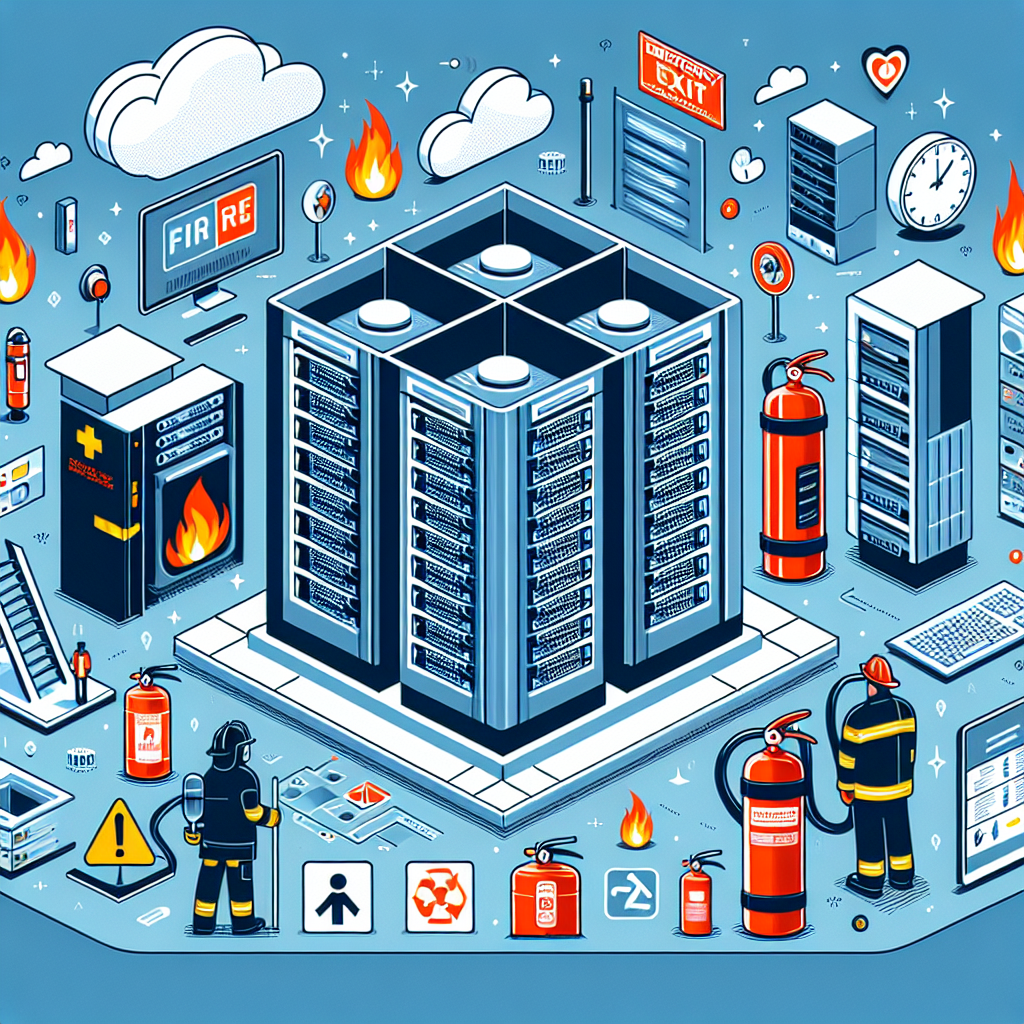
Fire Safety in Data Centers: Preventing and Managing Risks
Data centers are the heart of any organization, housing crucial information and technology infrastructure. With the increasing reliance on digital data, ensuring the safety and security of data centers has become more important than ever. One of the most critical aspects of data center safety is fire prevention and management.Fires in data centers can have catastrophic consequences, resulting in data loss, downtime, and financial losses. Therefore, it is essential for organizations to implement robust fire safety measures to prevent and manage risks effectively.
Preventing Fires in Data Centers:
1. Regular Maintenance: Regular maintenance of electrical systems, HVAC systems, and other equipment is crucial to prevent fires in data centers. Faulty wiring, overheating equipment, and other issues can lead to fire hazards if left unchecked.
2. Temperature Monitoring: Data centers generate a significant amount of heat, which can increase the risk of fires. Implementing temperature monitoring systems and maintaining proper airflow can help prevent overheating and reduce the risk of fires.
3. Fire Suppression Systems: Installing fire suppression systems, such as sprinklers, fire extinguishers, and fire alarms, is essential for quickly detecting and extinguishing fires in data centers. These systems should be regularly tested and maintained to ensure they are in working order.
Managing Fires in Data Centers:
1. Emergency Response Plan: Having a comprehensive emergency response plan in place is crucial for effectively managing fires in data centers. This plan should outline evacuation procedures, communication protocols, and responsibilities during a fire emergency.
2. Training and Drills: Regular training and drills for data center staff can help ensure they are prepared to respond quickly and effectively in the event of a fire. Staff should be trained on how to use fire extinguishers, evacuate safely, and follow emergency procedures.
3. Backup and Recovery: In the event of a fire, data loss can be a significant concern for organizations. Implementing robust backup and recovery systems can help ensure that critical data is protected and can be quickly restored in the event of a fire.
4. Post-Fire Assessment: After a fire incident, it is essential to conduct a thorough post-fire assessment to identify the cause of the fire, evaluate the effectiveness of fire safety measures, and make any necessary improvements to prevent future incidents.
In conclusion, fire safety in data centers is a critical aspect of overall data center security. By implementing preventive measures, such as regular maintenance, temperature monitoring, and fire suppression systems, and having a comprehensive emergency response plan in place, organizations can effectively prevent and manage fire risks in data centers. By prioritizing fire safety, organizations can protect their data, equipment, and personnel, and ensure the continued operation of their critical infrastructure.
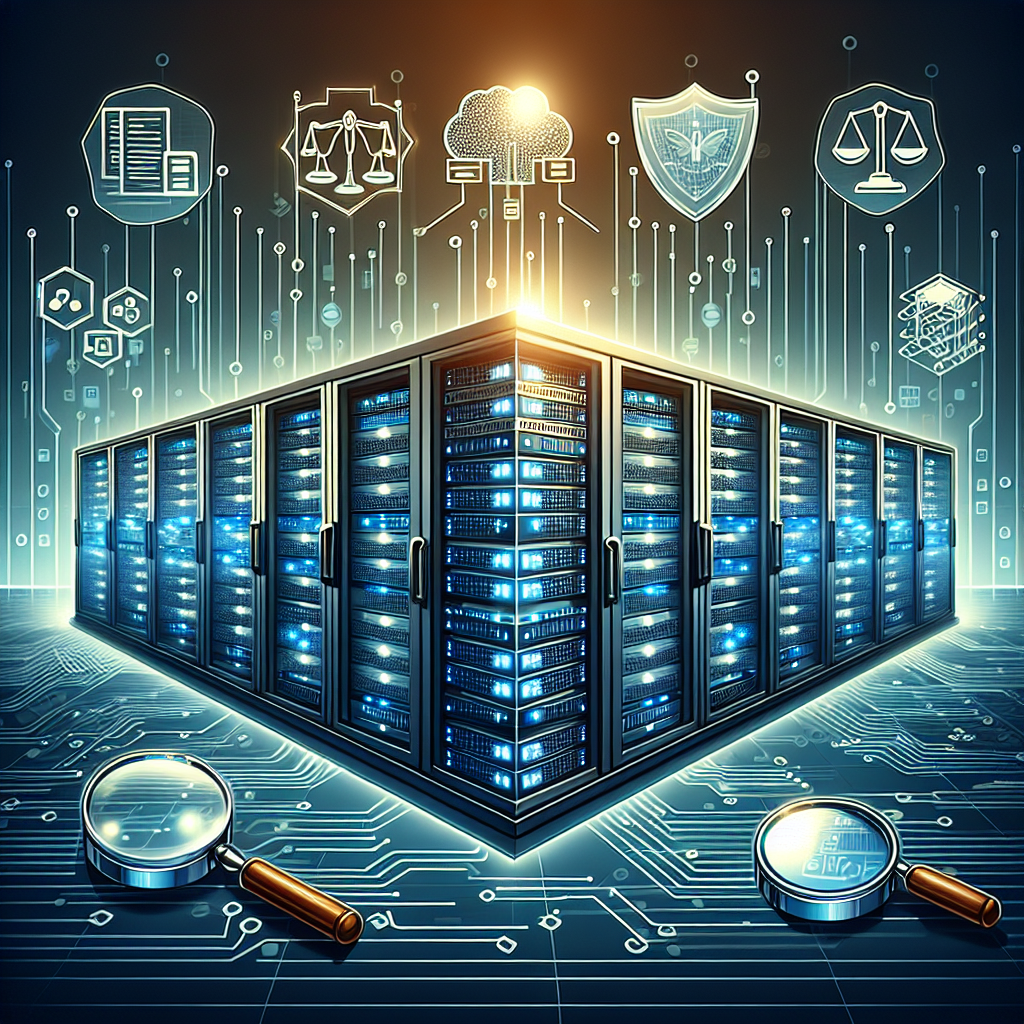
Proactively Managing Data Center Risks: The Role of Risk Assessment in Modern IT Infrastructure
In today’s digital age, data centers play a critical role in the operations of businesses of all sizes. These facilities house and manage the vast amounts of data that organizations rely on to operate efficiently and effectively. However, data centers are not without their risks. From cyber threats to natural disasters, there are a myriad of potential dangers that can disrupt or even destroy a data center’s operations.To effectively manage these risks, organizations must take a proactive approach to data center risk management. One key component of this approach is conducting regular risk assessments. By assessing the potential threats and vulnerabilities facing their data center, organizations can identify areas of weakness and take steps to mitigate them before they have a chance to cause harm.
Risk assessments involve identifying and evaluating potential risks to the data center, including both internal and external threats. This can include everything from hardware failures and power outages to cyber attacks and natural disasters. By conducting a comprehensive risk assessment, organizations can gain a better understanding of the potential dangers facing their data center and develop strategies to address them.
One of the key benefits of conducting a risk assessment is that it allows organizations to prioritize their risk management efforts. By identifying the most significant threats to their data center, organizations can focus their resources and attention on the areas that pose the greatest risk. This can help to ensure that limited resources are used effectively and efficiently to protect the data center from harm.
In addition to prioritizing risk management efforts, risk assessments can also help organizations to develop contingency plans and response strategies. By identifying potential risks in advance, organizations can develop plans to mitigate the impact of these risks should they occur. This can include everything from implementing redundant systems to backing up data offsite to ensure that critical operations can continue in the event of a disaster.
Overall, conducting regular risk assessments is an essential part of proactively managing data center risks in the modern IT infrastructure. By identifying potential threats and vulnerabilities, organizations can take steps to mitigate these risks before they have a chance to cause harm. This can help to ensure the continued operation and security of the data center, protecting the valuable data that organizations rely on to operate effectively in today’s digital world.
